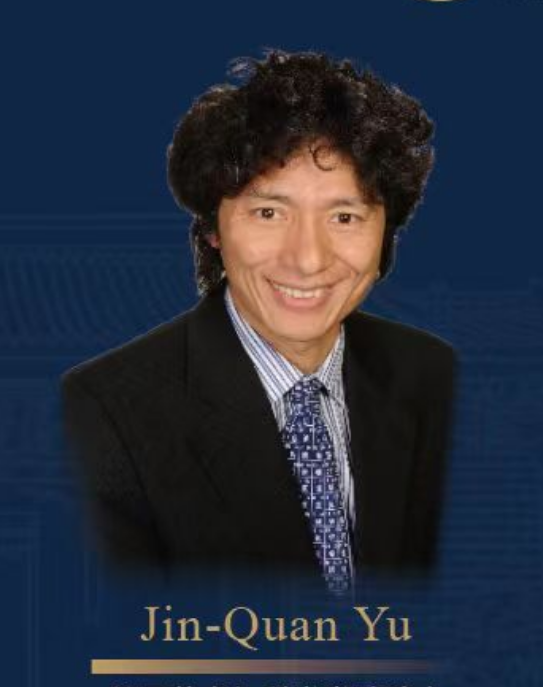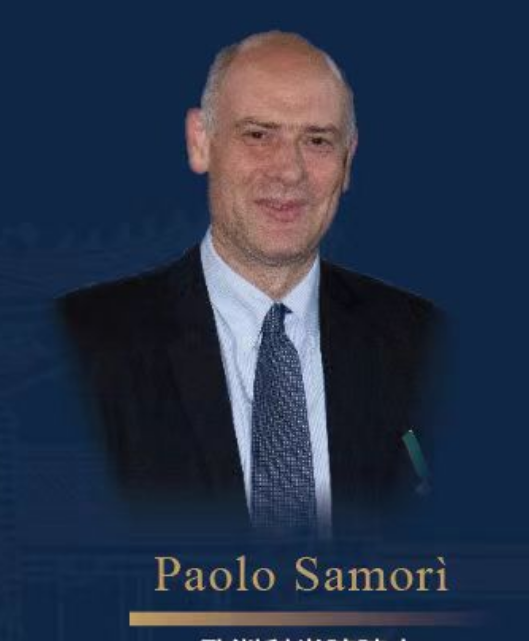(1)报告题目:20-Year Dancing with Palladium and C–H bonds: From Curiosity to Industrialization
报告摘要:
The widespread presence of C–H bonds at various sites of synthetic substrates renders C–H activation the most powerful platform for developing catalytic reactions for synthesis. To realize the full potential of C–H activation for synthesis, four fundamental challenges must be addressed: developing diverse carbon-carbon and carbon-heteroatom bond forming reactions of diverse poorly reactive native substrates (ReactivitY); enantioselective C–H activation reactions via asymmetric metalation of C–H bonds (EnantioselectivitY); site selective metalation and functionalization of remote C–H bonds (Site-selectivitY); achieving catalytic cycles using sustainable oxidants such as molecular oxygen, aqueous hydrogen peroxides as the terminal oxidants (SustainabilitY). Despite century-long efforts, seeking solutions to these problems has met with limited success due to a fundamental challenge: lack of ligands that can accelerate C–H activation reactions.
By combining the weak coordination (entropy) from substrates and ligand acceleration (enthalpy), we have made substantial progress towards addressing these four challenges. Most notably, six generations of bi-functional ligands (MPAA, APAQ, APAO, MPAAm, MPAThio, Pyridine-Pyridone) have been developed to enable a wide range of enantioselective and site-selective C–H activation reactions of diverse classes of native substrates. In parallel, we have realized C–H hydroxylation using molecular oxygen or aqueous hydrogen peroxide as the terminal oxidants, paving the way for large-scale industrialization. Most recently, we have extended site-selective C–H activation to multiple methylene C–H bonds for ring formation through a stitching strategy.
(2)报告题目:Interfacing molecules with 2D materials: sophisticated structures enabling complex functions
报告摘要:
2D materials hold exceptional physical properties which render them particularly interesting as active building blocks for the emergence of disruptive technologies in sensing, opto-electronic and energy storage. However, their properties are hardly tunable. The controlled interfacing of 2D materials with molecules and assemblies thereof represents a promising strategy for imparting new properties to 2D materials, rendering them multifunctional and multiresponsive.
In my lecture I will present our recent findings on the chemical functionalization of 2D materials to engineer hybrid systems via the controlled interfacing of its two surfaces either in a symmetric or asymmetric fashion with molecular switches. In this way, additional properties have been conferred to MoS2, back phosphorous or WSe2, thereby rendering 2D material-based transistors capable to respond to as many as four different independent stimuli. Such an approach is also exploited for the development of physical sensors for medical diagnosis and health monitoring, upon use of active materials with sensitivities in the low-pressure or medium-pressure range. Example of flexible piezoresistive pressure sensors compatible with wearable technologies for digital healthcare, human-machine interfaces and robotics will be provided.
On the other hand, the covalent connection of 2D nanosheets is employed to generate 3D networks displaying improved electronic connectivity which is demonstrated through the fabrication of field-effect transistors and chemical sensors with enhanced performances.
Our modular strategies relying on the combination of 2D materials with molecules offer a simple route to generate multifunctional coatings, foams and nanocomposites with pre-programmed properties to address key global challenges in electronics and sensing applications.
嘉宾介绍

Jin-Quan Yu(余金权)
美国艺术与科学学院院士余金权教授是国际上C-H键活化领域最为活跃的学者。他的研究领域主要为:C-H键活化研究及其在新药研发和天然产物全合成领域的应用。他在惰性C-H键的选择性活化和重组研究方面开展了非常原创的工作,例如弱配位作用促进的金属钯催化的C-H键活化、远程C-H键活化和不对称C-H键活化等。余金权教授已在国际著名学术期刊上发表300多篇学术论文,包括二十多篇Nature,Science论文,引用次数接近6万次,h指数128。获得了ACS Cope Scholar Award(2012)、Mukaiyama Award(2012), Raymond and Beverly Sackler Prize in the Physical Sciences(2013)、Elias J. Corey Award(2014)、麦克阿瑟天才奖(2016),ACS Gabor A. Somorjai Award for Creative Research in Catalysis(2022)等诸多国际著名奖项,并于2019年当选美国艺术与科学院院士。

Paolo Samorì
欧洲科学院院士